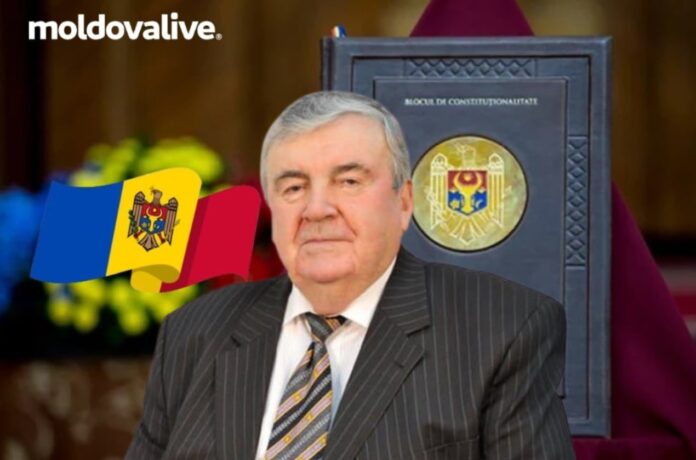On March 2, 1993, Moldova’s first president, Mircea Snegur, presented the first draft of the country’s Constitution to the Legislature. At the time, he also served as the head of the Commission tasked with drafting the Supreme Law. Addressing the democratically elected deputies, Snegur emphasized the importance of national liberation and stressed that for the Republic of Moldova to survive as an independent state, it needed to establish democratic mechanisms and the rule of law — in other words, adopt a Constitution.
“To survive as a state, we need real sovereignty and independence — the only condition that would allow us to reclaim, so to speak, the right to make our own decisions, without having to listen or respond to external influence,” Snegur declared.
“The truth, however, remains the truth. We are sovereign and independent de jure, but not de facto. Time has shown that proclaiming sovereignty and independence is not enough. The state must reaffirm and earn these supreme values — essential to its very existence — every day, step by step. One of the most critical steps toward this goal is the adoption of the Constitution of the Republic of Moldova, which would establish the mechanisms for building and operating a democratic state governed by the rule of law,” he said.
FOR THE MOST IMPORTANT NEWS, FOLLOW US ON TWITTER!
Although officials presented the first draft in 1993, Parliament did not approve Moldova’s Constitution until July 29, 1994. During that period, authorities changed the composition of the Commission.
Law professor Nicolae Osmochescu, speaking on RLIVE TV, recalled that the original draft did not specify the name of the official language. It also included the principle of neutrality — a move designed to encourage Russia to withdraw its military forces from the Transnistrian region and to ensure that Moldova would not become a military ally of the Kremlin through agreements within the Commonwealth of Independent States (CIS).



